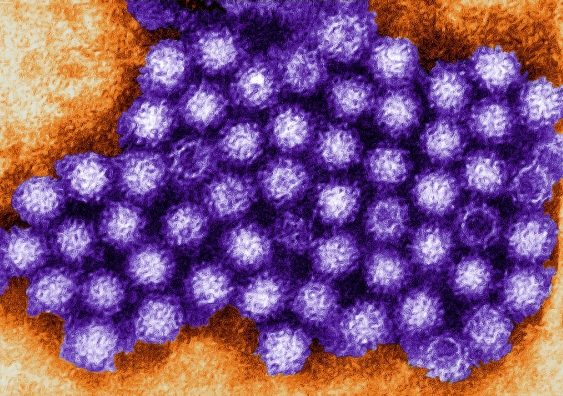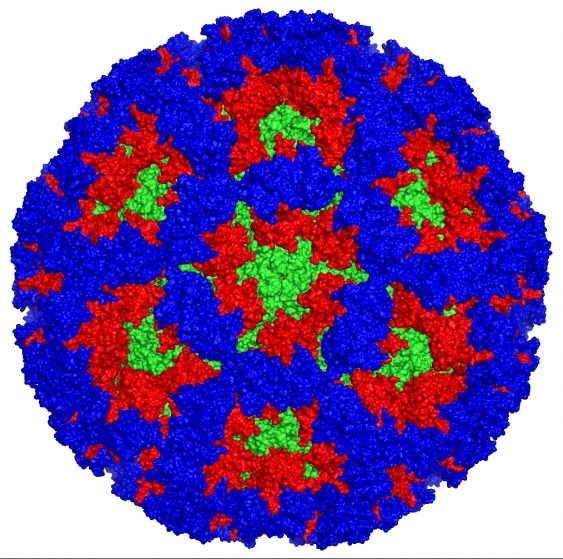Three new noroviruses cause gastro outbreaks across Australia
UNSW scientists have identified three new strains of highly contagious norovirus responsible for a major epidemic of viral gastroenteritis that has affected hundreds of thousands of Australians over winter.



